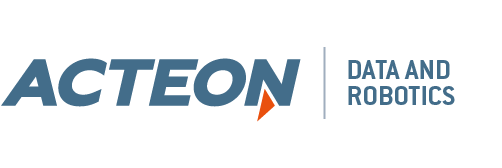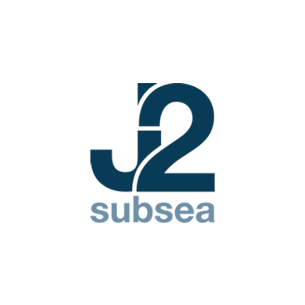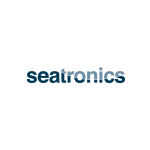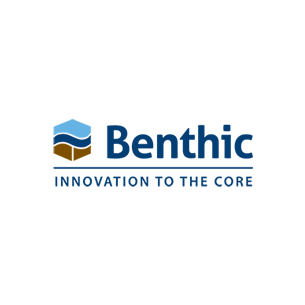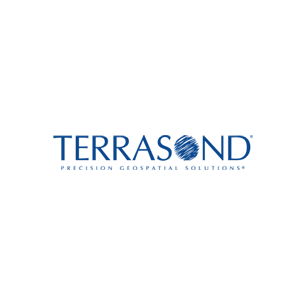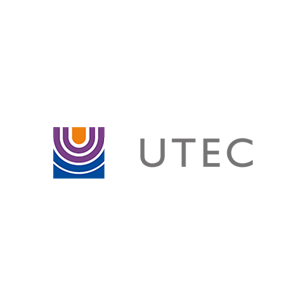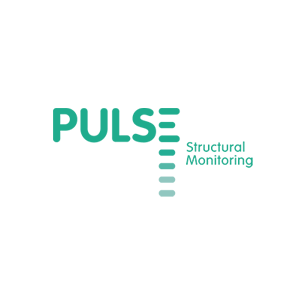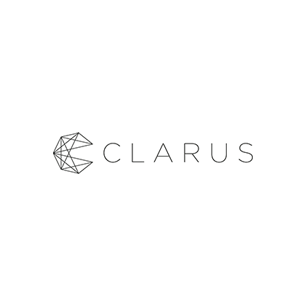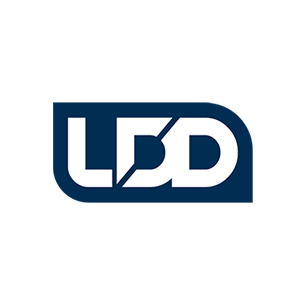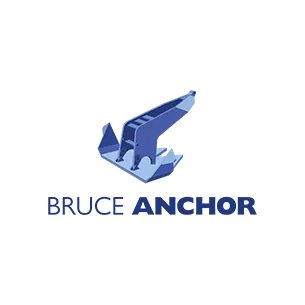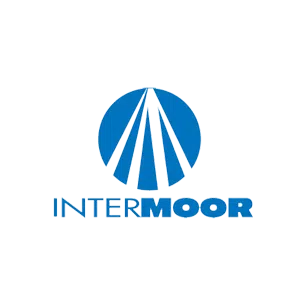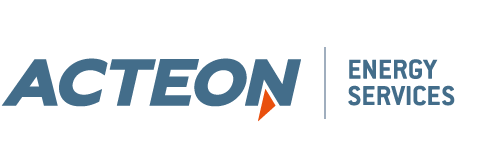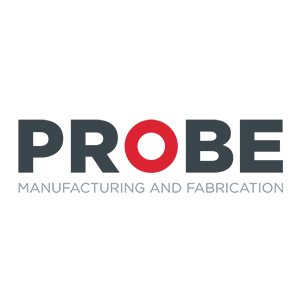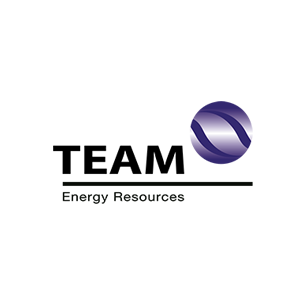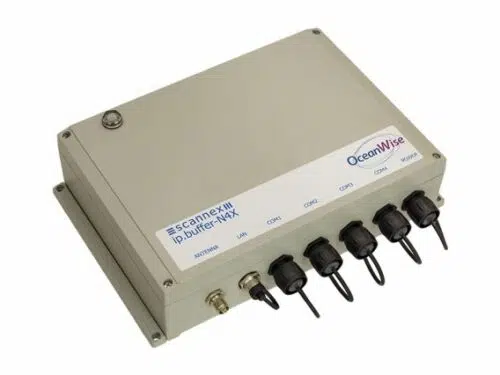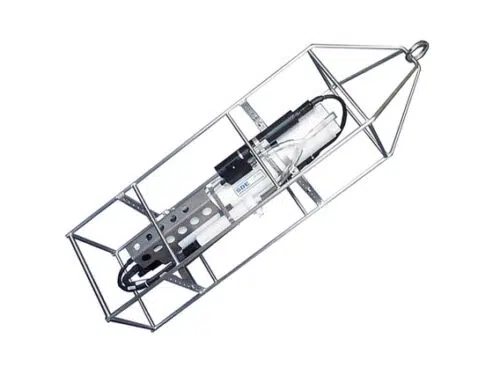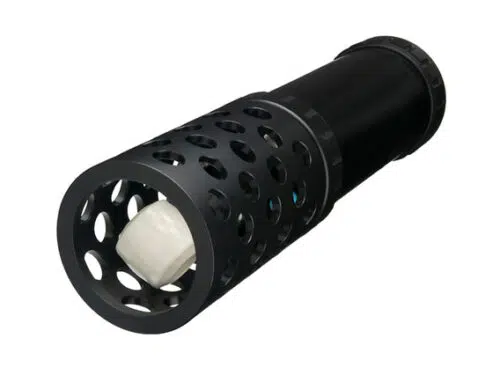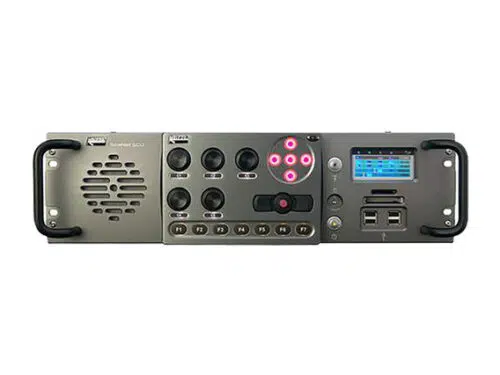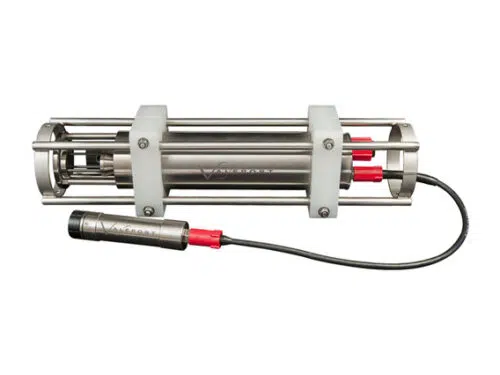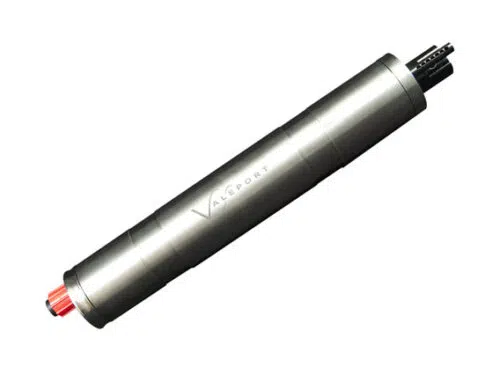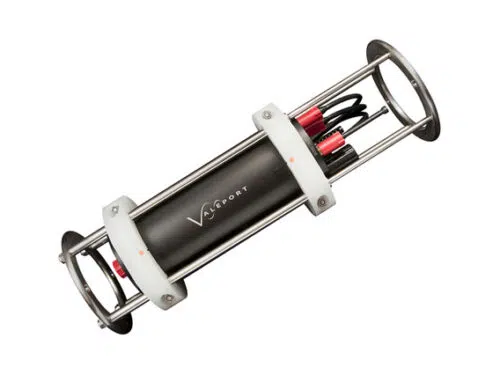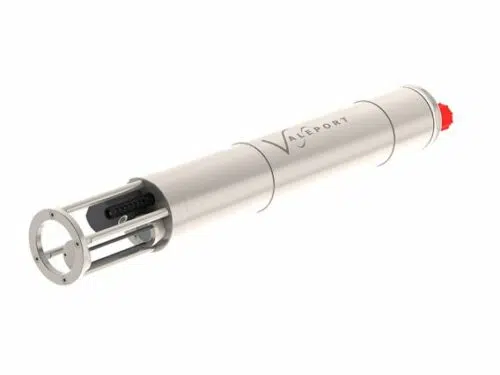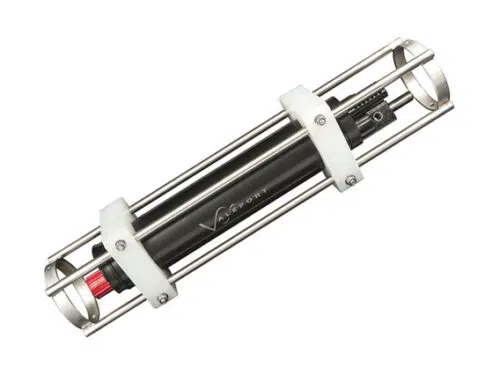Search products
X Products selected
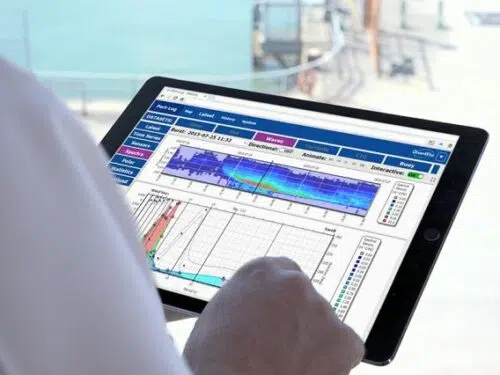
Port-Log System is a complete storage and publishing solution for environmental data acquired by different monitoring techniques and sensors.
Port-Log delivers environmental data from anywhere to anyone.
Port-Log allows your data to be viewed, downloaded, shared and disseminated by range of different users with varying access and security rights. Data is decoded, stored safely and provided in comprehensive web displays providing immediate and interactive access to your data.
Port-Log can be delivered as either a cloud based or installed system. Totally instrument independent, it is robust and flexible and recognises data inputs from a wide range of different sensors.
The display can be tailored to your requirements and there are several connectivity extensions available which allow data sharing to recipients unable to access the standard web pages including; remote vessels or devices, third-parties, external or internal software and applications.
- Off-the-shelf real time capability
- Cloud-Based OR installed on your own servers
- Easily share, view, disseminate and publish your data
- Easy-to-use web-based display system
- Foundation for environmental data management across your business
Port-Log.net is a quick and easy on-line storage and publishing solution for environmental data acquired by different monitoring techniques and sensors.
The ip.buffer range of smart telemetry units offer powerful and cost-effective solutions for the collection and transmissions of metocean data. The units are manufactured by leading telecommunications technology provider Scannex, and specially adapted by marine data experts OceanWise to meet the requirement of the most demanding marine environments.
“We are extremely happy with the performance of the ip.buffer. We are not aware of any other modem being able to preform to this standard”. Dr M Osborne, OceanWise.
- Smart telemetry with reliability built in
- Fail-safe and dependable
- Multi-sensor data on any device
- Delivers real-time information
The SBE 19plus V2 (Version 2) SeaCAT Profiler measures conductivity, temperature, and pressure (depth) and provides high accuracy and resolution, reliability, and ease-of-use for a wide range of research, monitoring, and engineering applications. The pump-controlled, TC-ducted flow configuration minimizes salinity spiking caused by ship heave and allows for slow descent rates without slowing sensor responses, improving dynamic accuracy and resolving small scale structure in the water column.
- Conductivity, Temperature, Pressure, and up to seven auxiliary sensors.
- User-programmable mode: profiling at 4 Hz, or moored sampling at user-programmable intervals.
- RS-232 serial interface, internal memory, and internal batteries (can be powered externally).
- Pump-controlled, T-C ducted flow to minimize salinity spiking.
- Depths to 600 or 7000 meters.
- Adds to Sea-Bird’s SeaCAT family, field-proven since 1987.
- Five-year limited warranty.
Compared to the previous 19plus, the V2 incorporates an electronics upgrade and additional features, with six differentially amplified A/D input channels, one RS-232 data input channel, and 64 MB FLASH memory. An optional Digiquartz® pressure sensor provides highest-accuracy pressure measurement. Data can be output in XML as well as ASCII and HEX formats. Firmware upgrades can be downloaded through the communications port, without opening the instrument.
The 19plus V2 samples continuously at up to 4 scans per second (4 Hz) (2 Hz with Digiquartz®), is battery-powered and self-recording, and is commonly used in the field without a computer, recording up to 1000 individual profiles. Data can be uploaded and processed later, as well as transmitted to a PC in real time for acquisition and display using Seasoft software provided (cable length dependent on number of auxiliary sensors, sampling and baud rate, and cable properties). The 19plus V2 can supply power to 7 external sensors and log their outputs with each CTD scan. Nine D-size alkaline batteries provide up to 60 hours of continuous operation when logging C, T, and P at 4 Hz.
The 19plus V2 is easily integrated with an SBE 32 Carousel Water Sampler and is ideal for integration with the SBE 55 ECO Water Sampler. Both real-time and autonomous auto-fire operations are possible with any Sea-Bird CTD / Water Sampler system.
In moored mode, the 19plus V2 records time series measurements at user-programmable intervals (10 seconds to 4 hours). Moored mode is easily configured with setup commands and by removing the profiling T-C Duct and installing optional anti-foulant devices. (If profiling not needed, the 16plus V2 SeaCAT Recorder offers greater moored-mode flexibility.)
CONFIGURATION, OPTIONS, AND ACCESSORIES
A standard SBE 19plus V2 is supplied with plastic housing for depths to 600 meters, strain-gauge pressure sensor, 64 Mbyte FLASH RAM memory, alkaline batteries, glass-reinforced epoxy bulkhead connectors, SBE 5M miniature pump with plastic housing, and T-C Duct.
Options and accessories include:
- Titanium housing for depths to 7000 meters, and SBE 5M miniature pump with titanium housing for 7000 meters
- Wet-pluggable MCBH series connectors
- SBE 5P (plastic) or 5T (titanium) pump in place of SBE 5M for use with dissolved oxygen and/or other pumped sensors
- Digiquartz® pressure sensor
- Stainless steel protection cage (For typical cage, see drawing 22009 for 19plus V2 with strain-gauge pressure sensor or 22010 for 19plus V2 with Digiquartz pressure sensor.
- Auxiliary sensors for Dissolved Oxygen (SBE 43 DO Sensor), pH* (SBE 18 pH Sensor or SBE 27 pH/ORP Sensor), fluorescence, radiance (PAR), light transmission, and optical backscatter (turbidity)
- Plastic shipping case
- Nickel Metal Hydride (NiMH) batteries and charger
- Moored mode conversion kit with anti-foulant device fittings
- Load-bearing underwater cables for hand-hauled, real-time profiling
- SBE 36 CTD Deck Unit and Power/Data Interface Module (PDIM) for real-time operation on single-core armored cable up to 10,000 meters
- * pH sensor for integration in Profiling mode only; not applicable to Moored mode
SOFTWARE
The SBE 19plus V2 is supplied with a powerful Windows 2000/XP software package, Seasoft©V2, which includes programs for communication and data retrieval, real-time data acquisition and display, and data processing (filtering, aligning, averaging) and plotting.
The SeaKing Bathymetric system comprises up to four high resolution sensors – a depth sensor, conductivity probe, temperature probe and the PA500 altimeter.
- Conductivity and temperature module eliminates the need to take daily “dips”
- Real time, on line monitoring of seawater conductivity and temperature
- 700m to 4000m depth ratings available
- Correct velocity of sound (vos) may be applied in real time to devices such as the SeaKing profiling sonar and the altimeter
- Corrected temperature and salinity parameters can be passed to the Digiquartz depth sensor
- Surface barometric pressure sensor is standard in SeaKing Bathometer
Two standard configurations are available, either as a pressure only package (SeaKing 701) or as a pressure, conductivity and temperature package (SeaKing 704).
The sensors form an integrated package, however, the PA500 altimeter is on a cable and can be mounted separately on the ROV which allows positioning of the individual sensors away from areas of masking or disturbance such as vehicle structure or thruster wash.
With the SeaKing 704, full water column profiling is achieved by dynamically modifying a lookup table which contains all measured parameters versus depth. This table may be stored by the surveyors and re-loaded as required.For the SeaKing 704 full water column profiling is achieved by dynamically modifying a lookup table which contains all measured parameters versus depth. This table may be stored by the surveyors and re-loaded as required.
The SeaKing Bathymetric System operates as a stand-alone instrument, or a single subsea node on the SeaKing network and shares the same twisted pair wiring as the SeaKing Profiler or SeaKing Sonar. Vehicle integration is very simple since only a single pair of conductors are required on the ROV.
The successful SCU V4 processor has been upgraded to provide the latest performance capabilities available from PC technology. The SeaNet SCU V5 provides a reliable, rugged and easy to install replacement for the SCU V4, it has been designed as a robust 19″ rack mount unit with floated shock mount sub assemblies for maximum reliability.
- Single & multiple sensor communication
- Rugged construction
- 19″ Rack mountable
- SVGA/XGA/SXGA & PAL/NTSC Output
- 4 x USB 2.0 ports
A high-speed 156kBits/sec communication system is used within the SeaNet SCU, allowing a full suite of Tritech sensors to be operated over a single twisted pair or, by utilising the Tritech MultiComm, over a RS232 / Fibre-Optic interface.
Each device connected to the SeaNet SCU runs, in real time, in its own onscreen window. The monitor display may be varied to show single or multiple windows and this can be altered at any time during normal operations. This multiple sensor capability provides obvious cost benefits as well as reducing the space requirement for consoles in the control room.
The SeaNet SCU is a multi-tasking control unit running under an embedded Microsoft Windows XP operating system installed on solid-state Flash disk. Fitted with a ‘LAN card’ the SeaNet SCU provides easy access to data storage and data transfer. The SeaNet SCU retains the use of the industry favourite Remote Access Terminal (RAT) a feature of the SCU V4. The RAT provides full control of the SeaNet SCU and its ergonomically designed layout ensures that all functions are well placed and easy to use. The built in mini-joystick on the RAT provides a useful tool for carrying out range and bearing measurements on sonar data. If preferred the RAT may be detached from the SeaNet SCU processor allowing it to be operated from a more desirable location.
The BathyPack is one of Valeport’s premier MIDAS products, using state of the art sensors to generate precision Sound Velocity and Density profiles for highly accurate depth and height data.
The simple top-end PC software, BathyLog, also allows all profile data to be used to monitor and correct multiple miniIPS pressure sensors, giving you the complete picture with one integrated sensor suite.
The MIDAS CTD (previously known as the Model 606) is Valeport’s premier CTD Profiler. High accuracy sensors (including ±0.01% pressure) and robust titanium design allow reliable operation to 6000m depth, under the harshest conditions
It also features truly synchronised sampling to ensure that all sensors are sampled at exactly the same point during a profile. Primarily for use as a self recording profiler, the MIDAS CTD also has a range of communications options for real time use, and the low power consumption and large memory also make it suitable for longer term deployments.
The MIDAS CTD+ is a revolutionary Multiparameter CTD, with a wide choice of standard sensors.
Featuring Valeport’s latest 400 Series electronics, the CTD+ will sample all fitted sensors at exactly the same instant, at up to 8Hz. Advanced setup software allows a variety of sampling regimes including burst modes, delay starts, and conditional sampling.
With up to 64Mbyte memory and internal battery pack, as well as a selection of real time output formats, the CTD+ is perfect for both profiling or fixed mooring applications. In addition, the CTD+ may be used with Valeport own water bottle carousel.
The MIDAS SVX2 is the latest version of Valeport’s unique instrument. Recognising the conflict faced by users requiring the superior Sound Velocity data from an SVP, but still needing the Salinity and Density data from a CTD, the MIDAS SVX2 combines both technologies to give the best of both worlds.
Now fitted with a 0.01% pressure sensor as standard, the SVX2 also uses synchronised sampling to ensure perfect profiles, and since the digital time of flight SV sensor is the most accurate in the world, it’s also possible to compare the true sound velocity data with that generated by commonly used equations.
Based on the leading MIDAS CTD Profiler, the Monitor CTD offers excellent performance but in a smaller, lightweight package for shallow water applications.
With internal battery pack and large memory, the Monitor CTD is suitable for both self recording operations down to 500m depth, and real time use with a choice of data output protocols.
